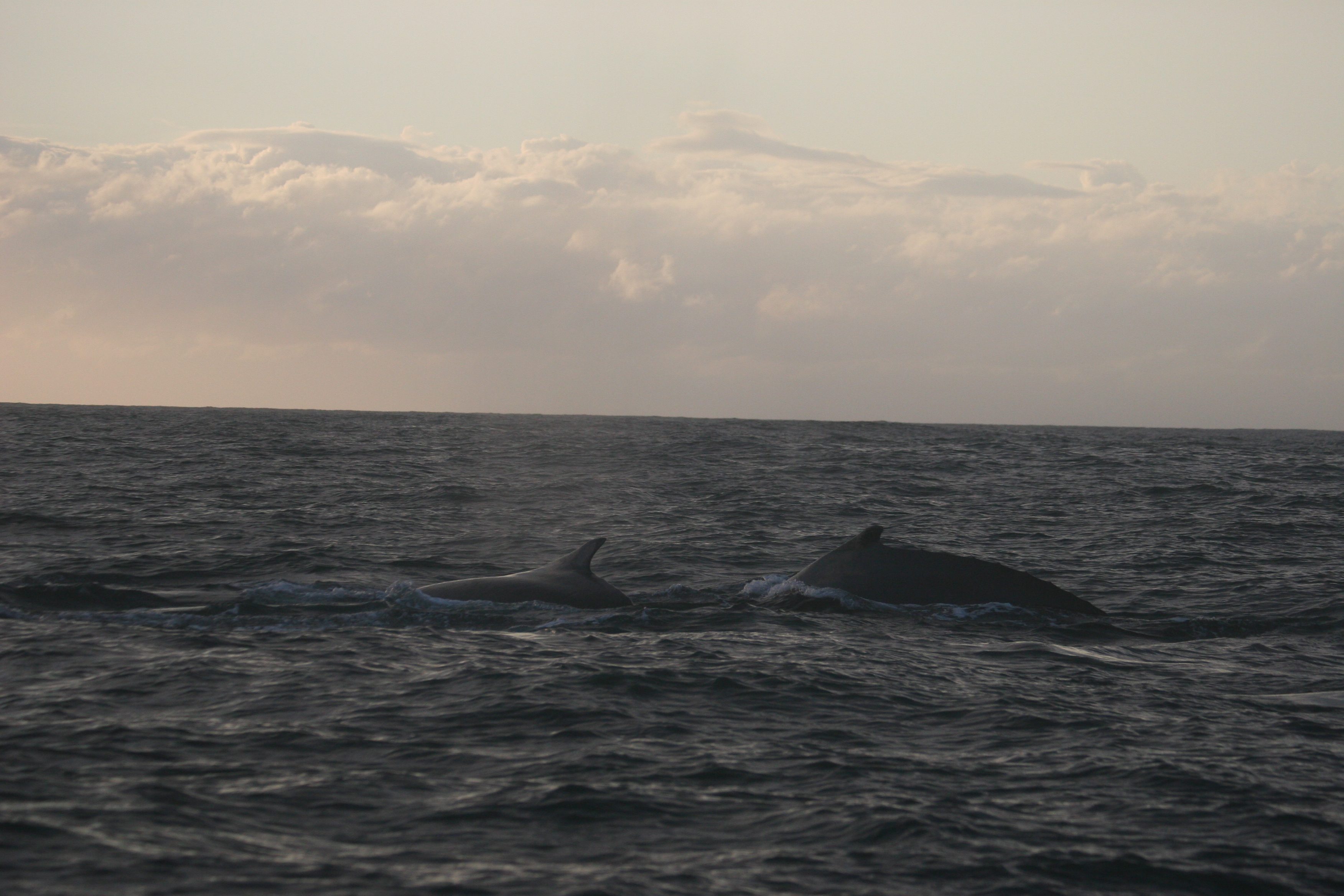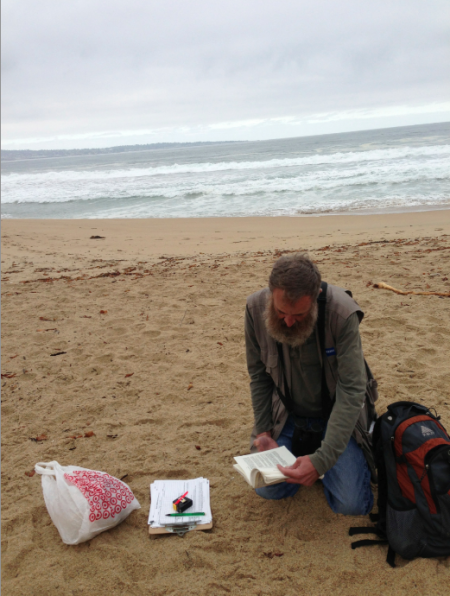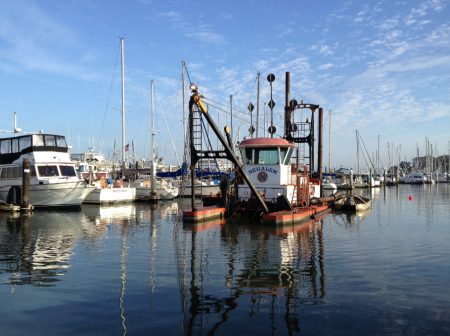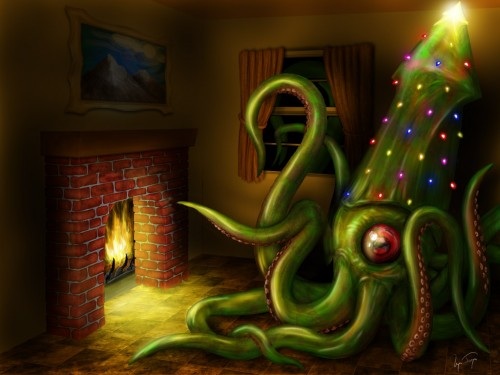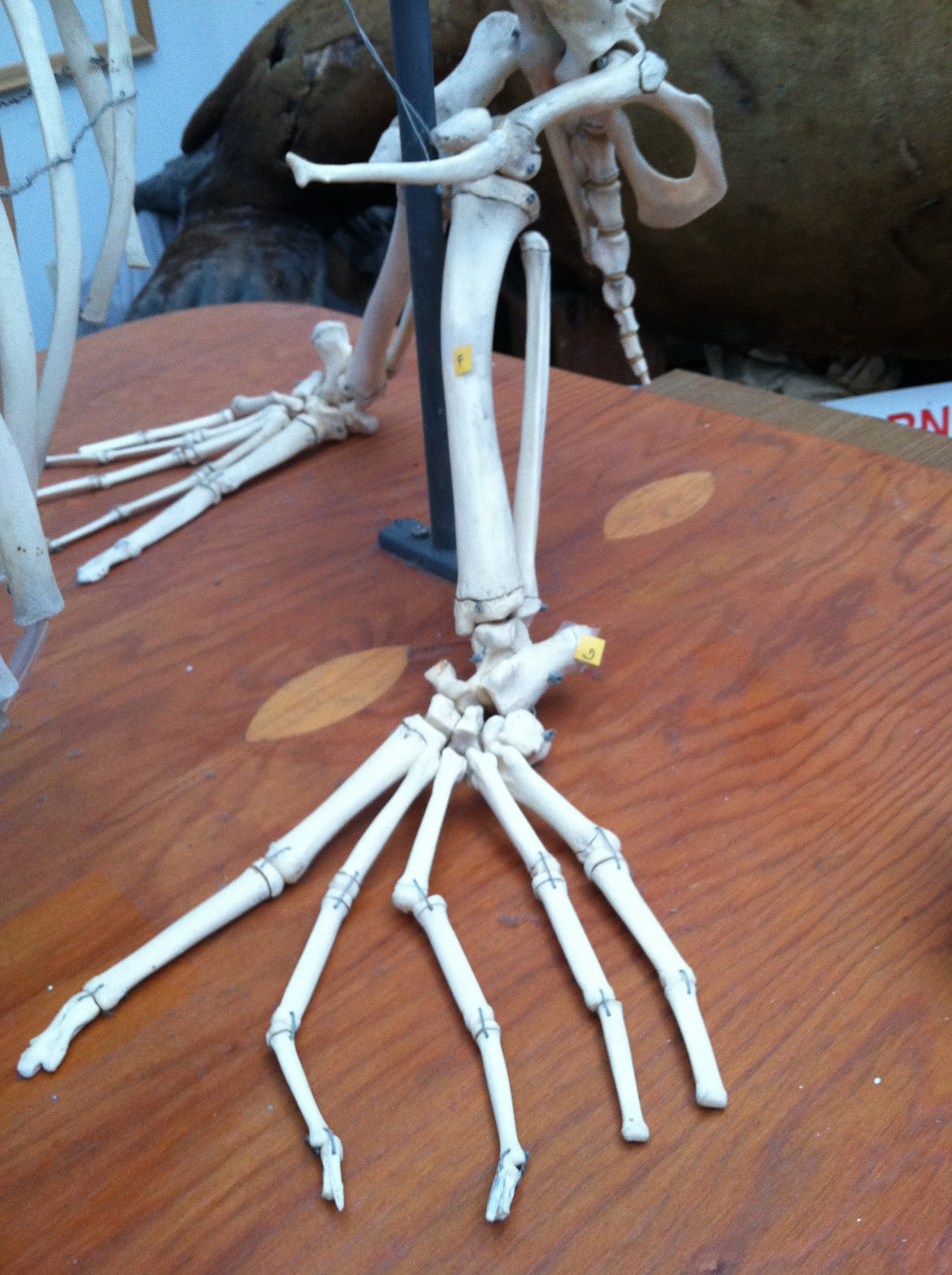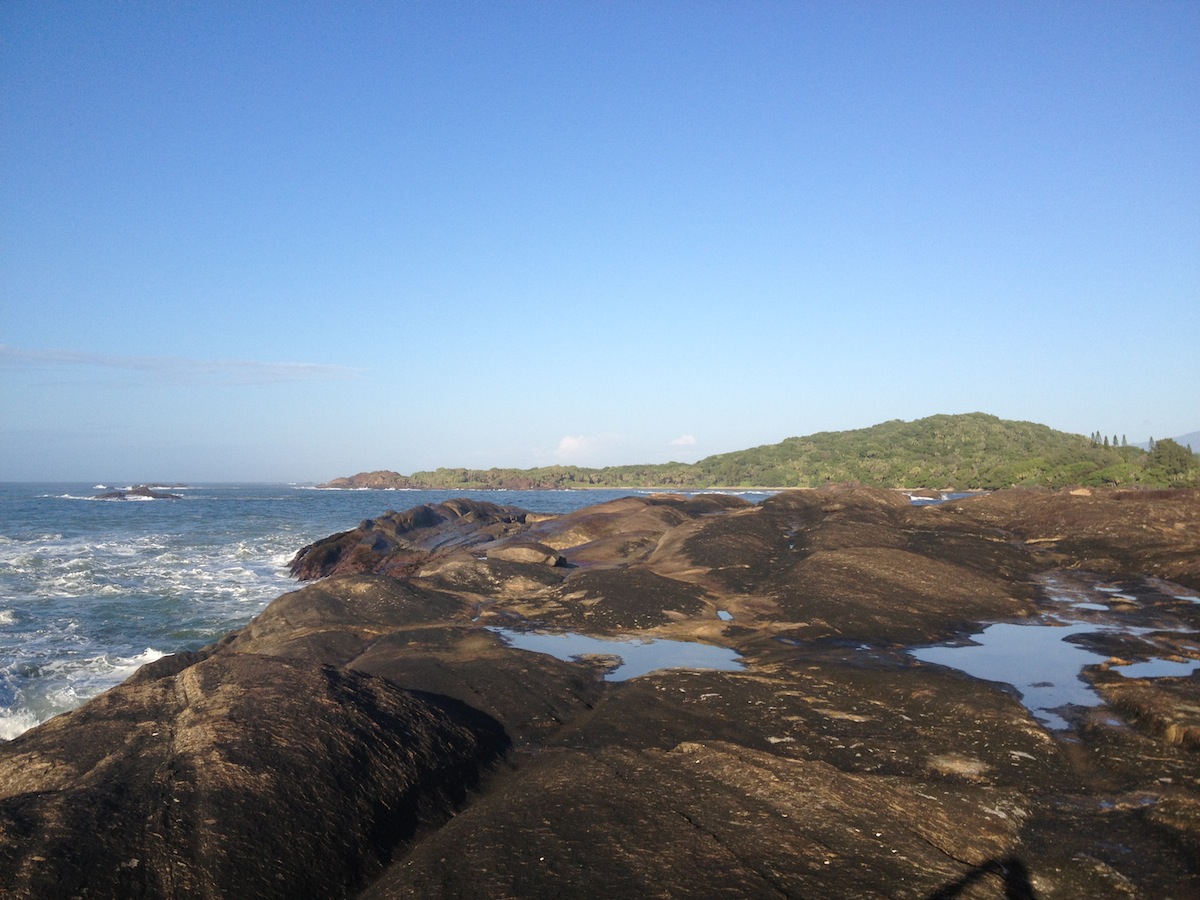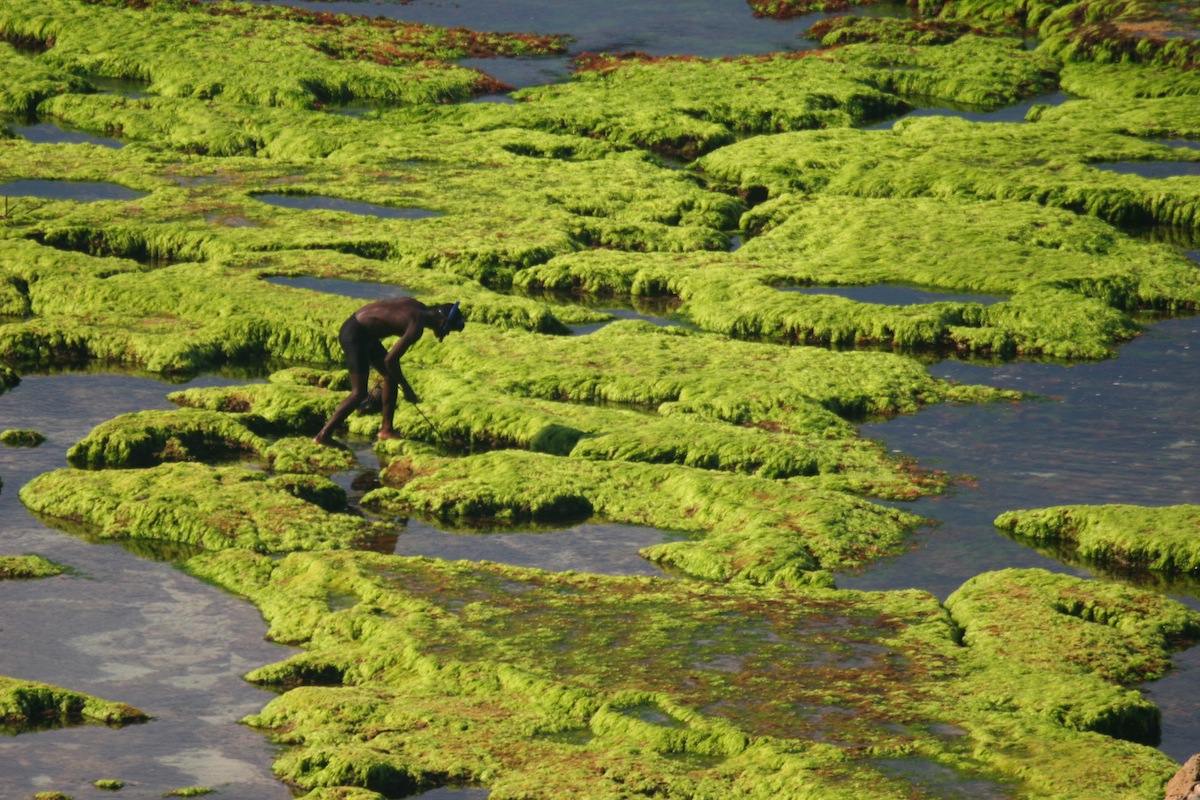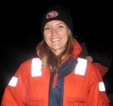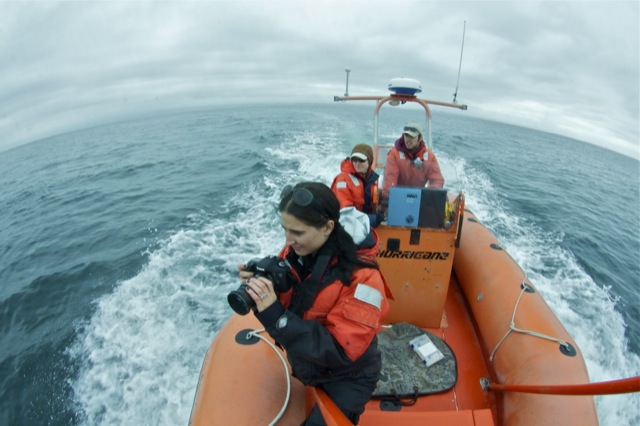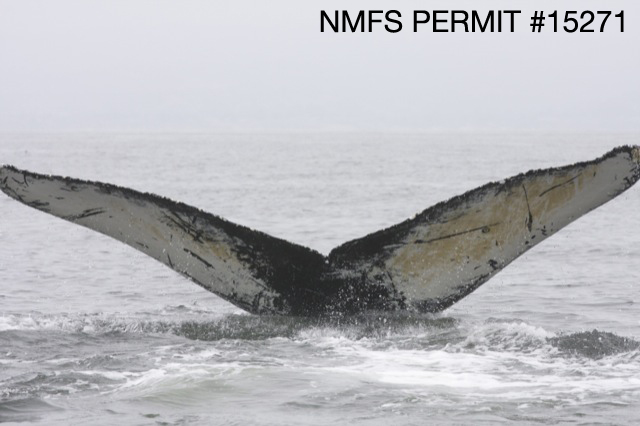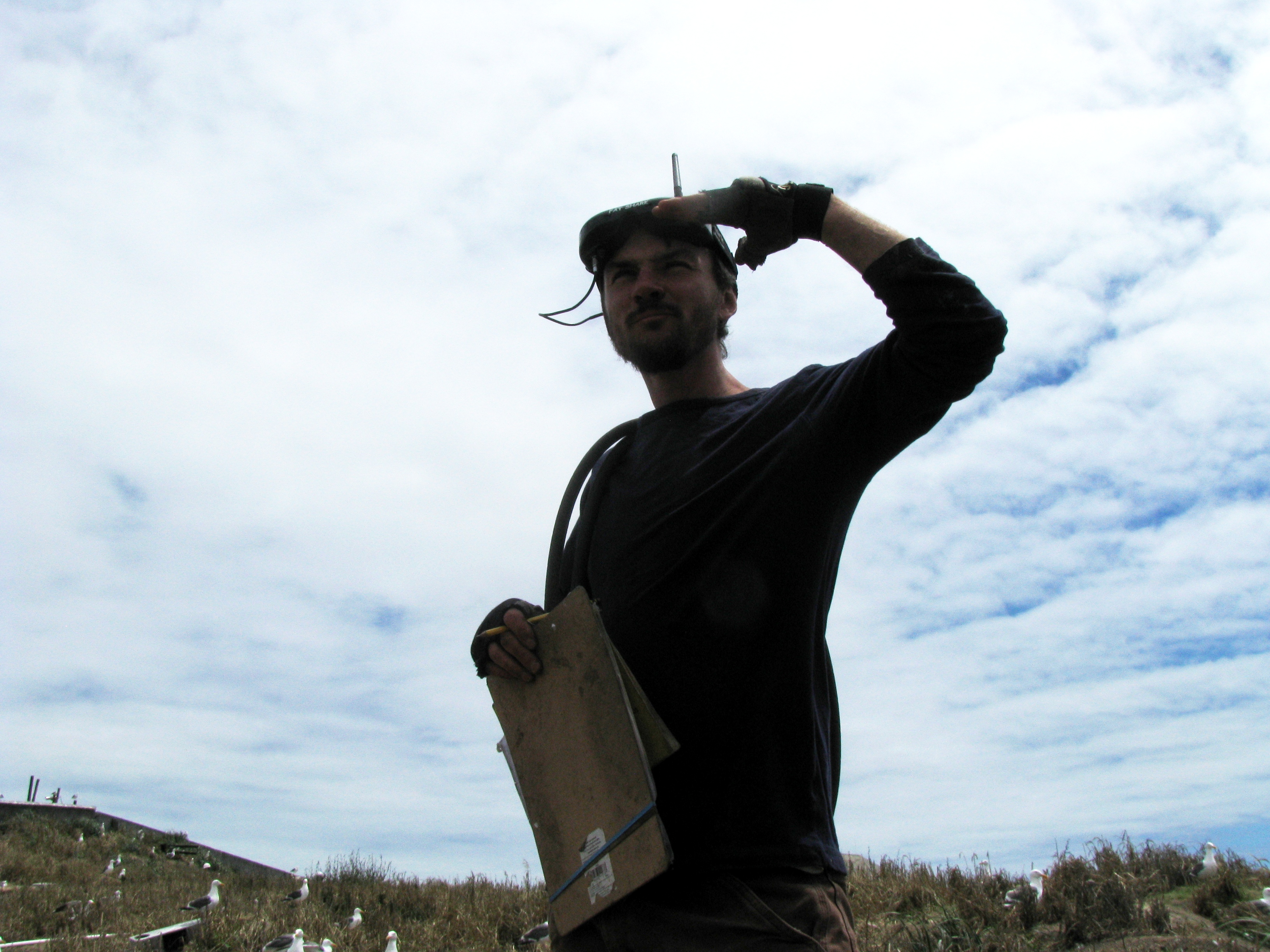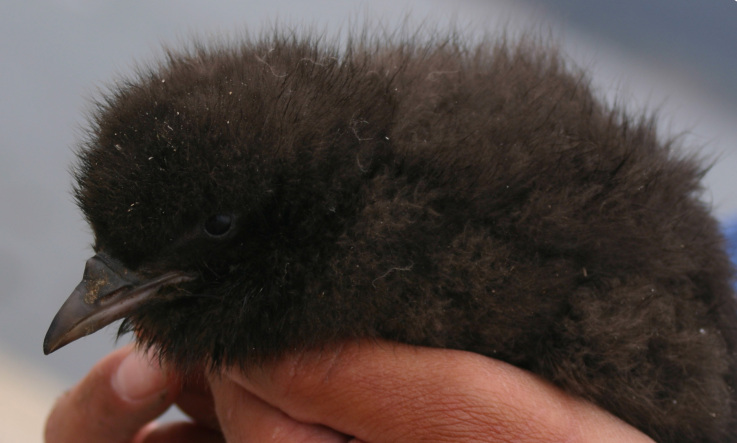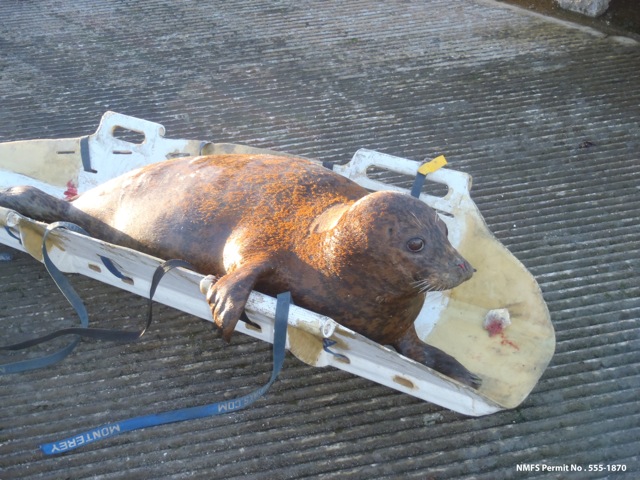By Angela Szesciorka, Vertebrate Ecology Lab
Last Monday, I bussed it to Santa Barbara then hopped a train to San Diego. One night in a hotel and an overpriced taxi ride later, and I was laying eyes on the R/V Point Sur for the first time since November 29, 2012, on it’s way back from its 17,000 mile round-trip journey to Palmer Station in Antarctica.

By this time, what was once a full house was down to 11. The crew consisted of a mix of those who had spent the past five months on the boat and in Antarctica, and a few others who had boarded in Mexico two weeks prior to my arrival.
Much to my delight, I was not the only scientist on board. Ashley Wheeler, a master’s student in geological oceanography, had boarded in Mexico in April to work with the Naval Postgraduate School collecting oceanographic data.
Unlike the Antarctica crew, who were probably packed in, I had my own bedroom and bathroom. I was also privilege to three square meals a day, crafted by an amazing chef who had no problems making inventive and delicious vegetarian food.
We couldn’t have asked for better weather, which was great, as this was my first overnight trip on a ship. Land lubber no more! I had some nagging nausea the second day, but it passed after some time outside with the ocean breeze, a handful of ginger chews, and an iron will!
So why did I trek all this way to jump aboard the R/V Point Sur?
This trip was the kick-off of my thesis project, which, among other things, will include an assessment of the risk of ship-whale interactions in the shipping lanes off California. To do this I need to figure out where the whales are. And this of course is done with old-fashioned shipboard surveys.
Most of my time was spent standing in front of the bridge scanning the sea for whales with my trusty binoculars and Rite in the Rain data sheets. I stared patiently out into the expansive and seemingly empty blue ocean.
After about 16 hours of surveys, I saw 11 whales (mostly humpbacks), dozens of California sea lions, gangs of bow riding dolphins, and sea birds, which preferred wrack lounging to flying.
I was also lucky enough to have Ashley keep me company the whole time during my surveys. Thanks, Ashley!
Ocean life seems to agree with me. Of course I might get a little homesick after months at sea, but being on a ship in the middle of the ocean had a freeing feeling. And the crew made excellent conversationalists. (And did I mention the food!?!)
Next up: get on as many cruises as I can. Some one recently suggested cruise lines. Not a bad way to do thesis field work!
